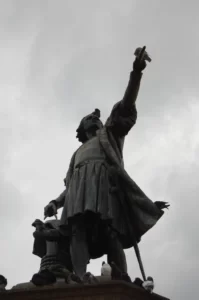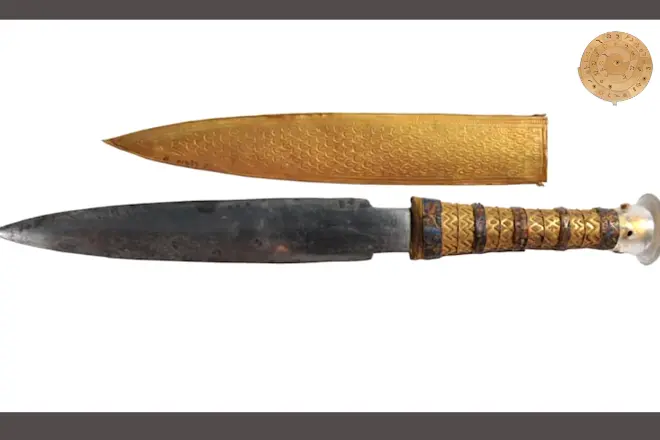Where is the tomb of Christopher Columbus?

Christopher Columbus, the famed explorer. He was a navigator credited with the discovery of America and died on May 20, 1506. However, the whereabouts of his final resting place have been a mystery for centuries. It is believed that Columbus was first buried in Valladolid, Spain, where he died. However, his remains were later moved to Seville, where they were interred in the Cathedral of Santa Maria de la Sede. But in 1537, Columbus’s remains were exhumed and sent to the Caribbean on the island of Hispaniola. These are now known as Haiti and the Dominican Republic. After spending a century in Hispaniola, Columbus’s remains were moved to the Cathedral of Santo Domingo, Where they were placed in a tomb. However, in 1795, during the French occupation of the island, the tomb of Christopher Columbus was ransacked, and Columbus’s remains were lost.
Theories about the identification of Christopher’s remains:

The search for the lost remains of Christopher Columbus has been ongoing for centuries, with various theories and claims put forward as to their whereabouts. Some experts believe that the remains currently interred in the Seville Cathedral are indeed those of Columbus, while others argue that they are likely the remains of someone else.
In 1877, Astrologist discovered a tomb of Christopher Columbus in Santo Domingo. It had the explorer’s remains. However, DNA tests conducted on the remains in 2002 found that they did not belong to Columbus or any of his known relatives.
Another theory is that Columbus’s remains are buried in the cathedral of Santo Francisco de Asis in Havana, Cuba. A lead box bearing the inscription “Illustrious and distinguished male, Researchers discovered don Cristobal Colon” in this cathedral in 1903. However, DNA tests conducted in 2006 on the remains in the box were inconclusive.
Despite several claims and theories, it is yet to be confirmed where the tomb of Christopher Columbus lies. Thus, the mystery of the final resting place of Christopher Columbus remains unsolved. The search for the remains of the legendary explorer continues, and it remains to be seen if researchers will ever uncover the truth about his final resting place.
Columbus’s last journey:

Christopher Columbus made four voyages across the Atlantic Ocean, which led to the discovery of the New World. His fourth and final voyage began in 1502 and ended in 1504. He set sail with four ships, the Capitana, Gallega, Vizcaína, and Santiago de Palos. He intended to explore the coast of Central America and find a passage to Asia. However, the voyage was plagued with problems from the start. The ships were in poor condition, and the crew was mutinous. Storms and adverse winds also delayed the voyage. Eventually, Columbus and his crew were shipwrecked on the island of Jamaica, where they were stranded for over a year. They were eventually rescued by a Spanish ship, and Columbus returned to Spain in 1504.
Well Travelled in Life and Death:
I enjoy writing about unsolved mysteries, and while researching the Sable Islands, I came across the idea of writing about the death of Christopher Columbus, who is regarded as one of the most well-traveled people in history. He made four voyages across the Atlantic Ocean and discovered the New World. He is also well-traveled in death, as his remains have been moved several times. After Columbus died in 1506, his remains were first buried in the Cathedral of Santa Maria la Blanca in Valladolid, Spain. They were later moved to the Convent of Las Capuchinas in Seville, then to the Cathedral of San Francisco in Santo Domingo.






